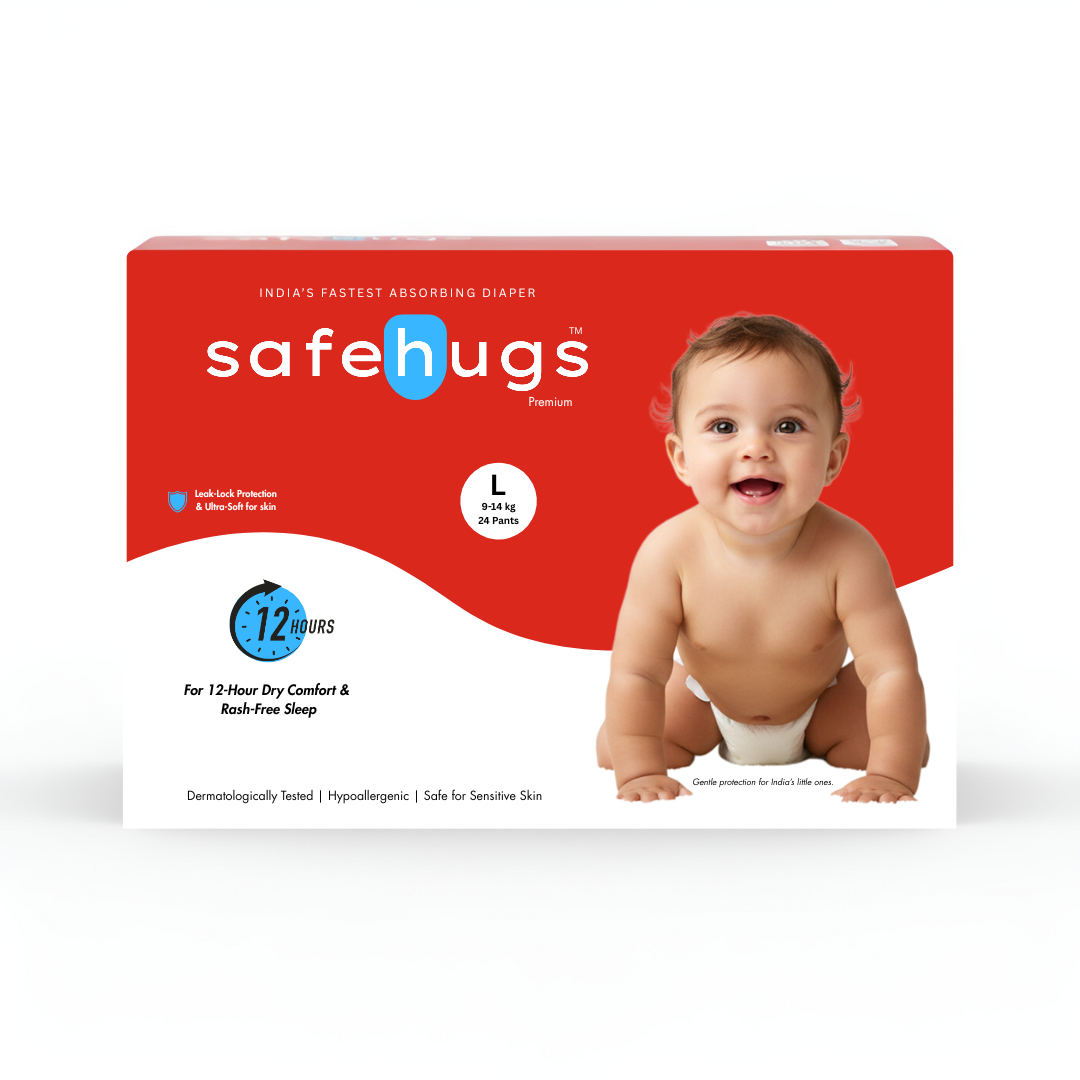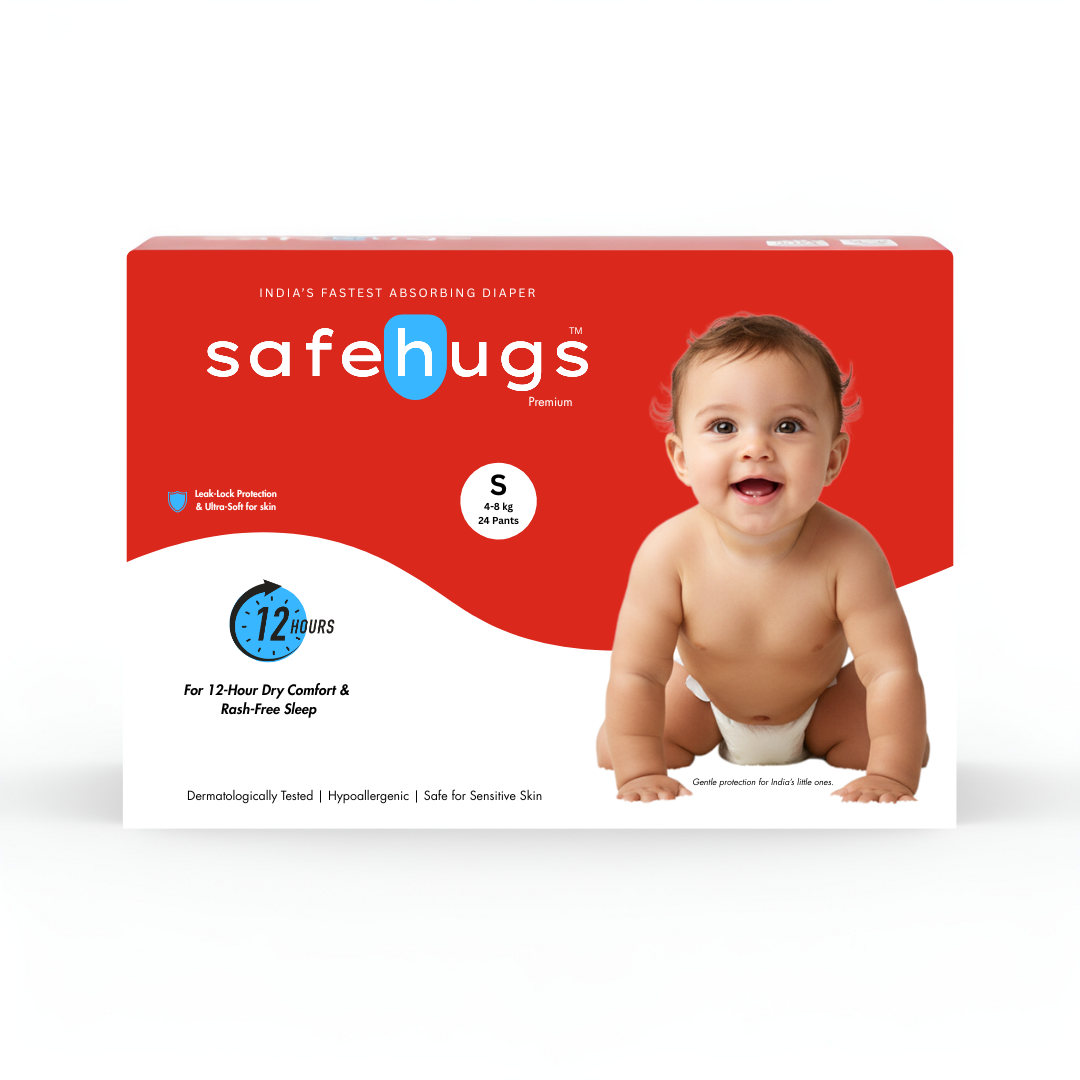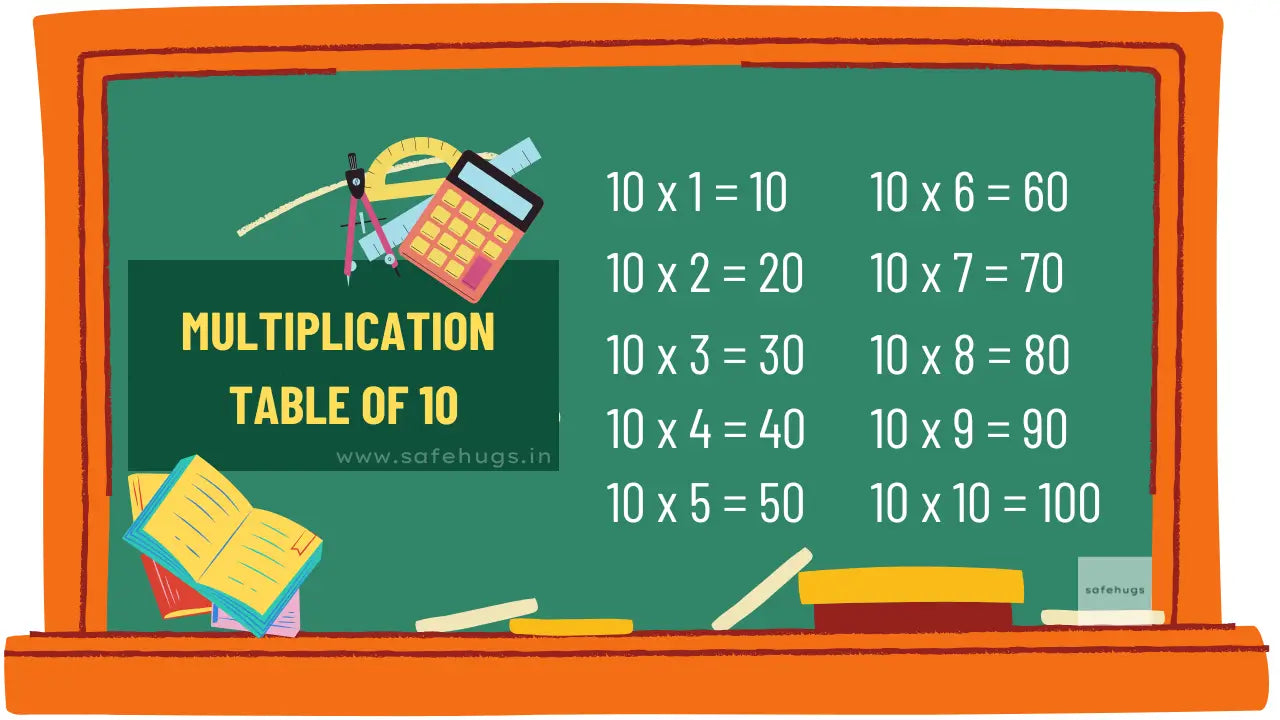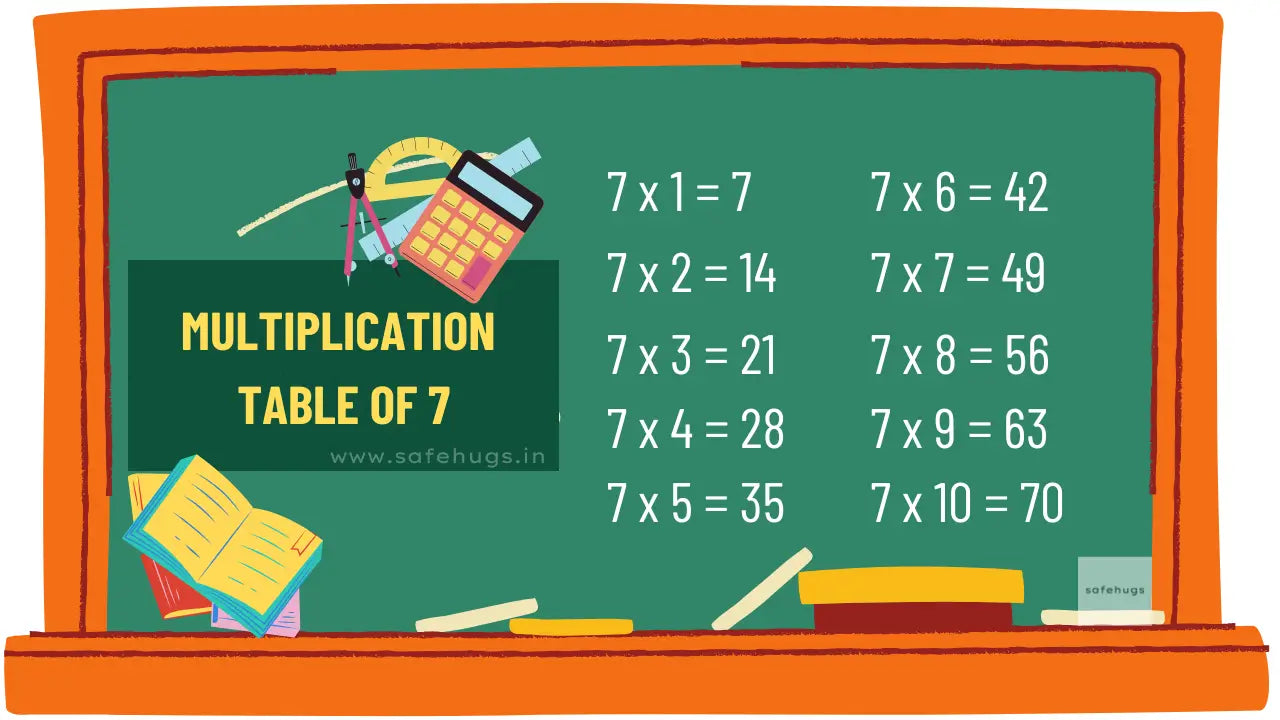11 Table: Multiplication Table For Kids (Print PDF)
Multiplication tables are fundamental tools in math that help simplify calculations by displaying the results of multiplying one number by another. In this article, we'll explore the 11 table and share some tips and tricks to make learning fun and engaging.


Tips & Tricks for Learning the 11 Table
-
Pattern Recognition
For the first ten multiples of 11, there’s a simple pattern. The first digit is the same as the second digit. For example: 11 x 1 = 11, 11 x 2 = 22 -
Adding Digits for Higher Multiples
For multiples beyond 10, you can use a simple method of adding digits.
For 11 x 12, take 1 and 2 (the digits of 12) = 1 + 2 = 3
Place the 3 in between the 1 and 2: 132 (11 x 12 = 132) -
Learning the 11 times table becomes simpler if you're already familiar with the 10 table. You can derive the multiples of 11 by adding natural numbers from 1 to 10 to the corresponding multiples of 10. Here's how:

-
Teach kids to add 11 repeatedly. Start with 11, then add 11 to get 22, then add 11 again to get 33, and so on. It helps reinforce addition skills and internalizes the sequence.

-
Doubling and Shifting
For example, for 11 x 5: Double 5 to get 10, then place a zero (10) next to it.
So, 11 x 5 = 55 (same as 5 with a zero, placed correctly). -
Break Down 11 as (10 + 1): Split 11 into 10 and 1, then multiply each separately and add the results:
For example, 11 x 3: (10 x 3) + (1 x 3) = 30 + 3 = 33.

-
11 Table Song

Fun Activities to Memorize 11 Table




Quiz Time: Test Your Knowledge





Why is Learning 11 table Important?
- Strengthens Basic Math Skills: Understanding and memorizing multiplication tables, like the 11 table, builds a strong foundation for higher-level math concepts that kids will encounter as they progress through school.
- Boosts Confidence: Mastering multiplication tables gives kids confidence in their math abilities, making them feel more comfortable when solving problems both in and out of the classroom.
- Prepares for Future Learning: The ability to recall multiplication facts quickly is essential for understanding advanced math topics like fractions, algebra, and geometry.
- Practical Life Skills: From calculating quantities in recipes to understanding measurements, learning multiplication tables prepares kids for practical applications they will encounter as they grow.
Additional Resources
To further support learning, here are some additional resources:
- Educational Apps: Apps like "Kids Multiplication Math Games" or "Math Games: Math For Kids" offer interactive ways to practice multiplication tables.


- Websites: Websites like "Times Tables" and "Math Mammoth" provide multiplication games, quizzes, and printable worksheets.
- Printable Worksheets: Websites like "K5 Learning" have free downloadable worksheets for practicing the 11 Table.
- Songs and Videos:
Links to other tables
We've organized the multiplication tables from 2 to 20 with tips and tricks to make learning fun. You can also refer to these for extra practice.
FAQ'S
1. Why is learning the 11 table important?
Learning the 11 table strengthens mental math skills, making calculations quicker and more efficient. It also lays the groundwork for advanced math concepts like division, fractions, and algebra.
2. What are some tips to memorize the 11 table?
Break it down into manageable steps, recognize patterns (like adding 11 repeatedly), practice with flashcards, or use engaging quizzes and games. Writing the table multiple times can also help reinforce memory.
3. How can the 11 table be used in real life?
The 11 table is useful in everyday situations, such as counting items in groups of eleven, calculating prices, and solving math problems. For instance, knowing the 11 table can save time when figuring out totals for items priced in multiples of 11.
4. At what age should kids start learning the 11 table?
Kids can start learning the 11 table around ages 8 to 10, after they’ve grasped the smaller tables. This prepares them for tackling more complex math concepts as they advance in school.
5. Are there any tricks for quickly finding the multiples of 11?
Yes! One simple trick is to add 11 repeatedly to get the next multiple. For example, start with 11, then add 11 to get 22, then 33, 44, and so on (11, 22, 33, 44, etc.). Another fun pattern is that for the first ten multiples of 11, if you look at the digits, they increase sequentially (11, 22, 33, 44, up to 99).
































